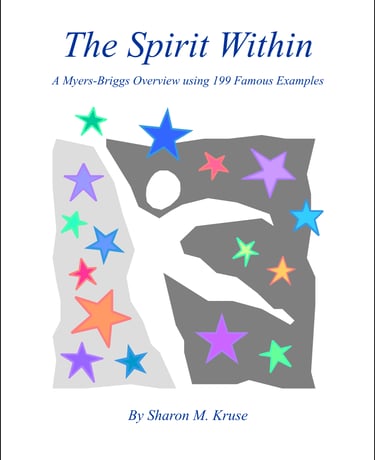Five Senses (S) / Sixth Sense (N)
While “S” types experience life through their five senses, intuition (the “N” element) is often called the sixth sense. “N” types often see clearer with their eyes closed than with their eyes open. They are drawn to things they cannot hear, see, taste, touch or smell—such as words, numbers, symbols, theories, designs, philosophy, psychology, processes, concepts, and anything that can be imagined.
Norman Rockwell’s art captured realistic, detailed images. But unlike a photograph, Rockwell could capture the best pose and expression for each figure at his leisure and put them all into one picture. Rockwell’s paintings almost always summed up an emotional situation in a glance.
Jeers from the Crowd shows the dejected attitude of the Chicago Cubs in 1948. The Discovery shows the shock a boy might experience when he realizes the true implications of finding a Santa Claus suit in his father’s dresser drawer.
Norman Rockwell (ISFJ) / Vincent van Gogh (INFJ)
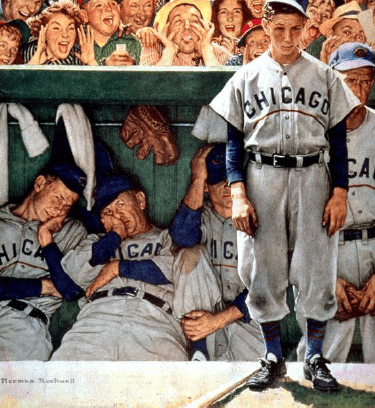

Figure 11: Rockwell's Jeers from the Crowd (1948)
Vincent van Gogh seemed to sense the invisible energy fields that surround all living things. Even seemingly still objects showed movement, as he tried to convey their inner life forces ebbing and flowing around them.
This painting, with its bold colors and uninhibited brush strokes, goes beyond a depiction of olive trees. It shows the unity of nature as Vincent experienced it, as well as the emotions it inspired in him.
It’s almost as if Vincent could see the pulsating energy of the all-giving sun, the power coursing through the ground and trees, and the interaction between all objects in nature.
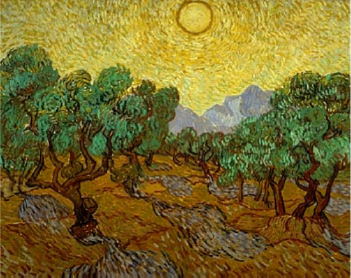

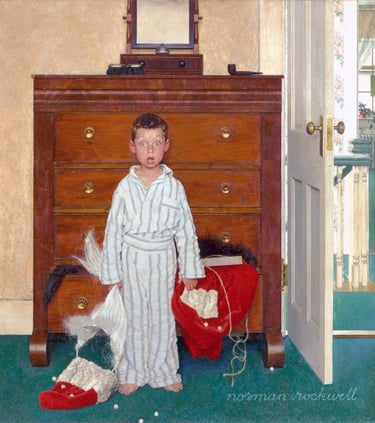

Figure 12: Rockwell's The Discovery (1956)
Vincent created The Starry Night from memory, painted from an imaginary viewpoint above the ground. Instantly recognizable by its unique style, he made the invisible visible for us.
Figure 13: Van Gogh's Olive Trees (1889)
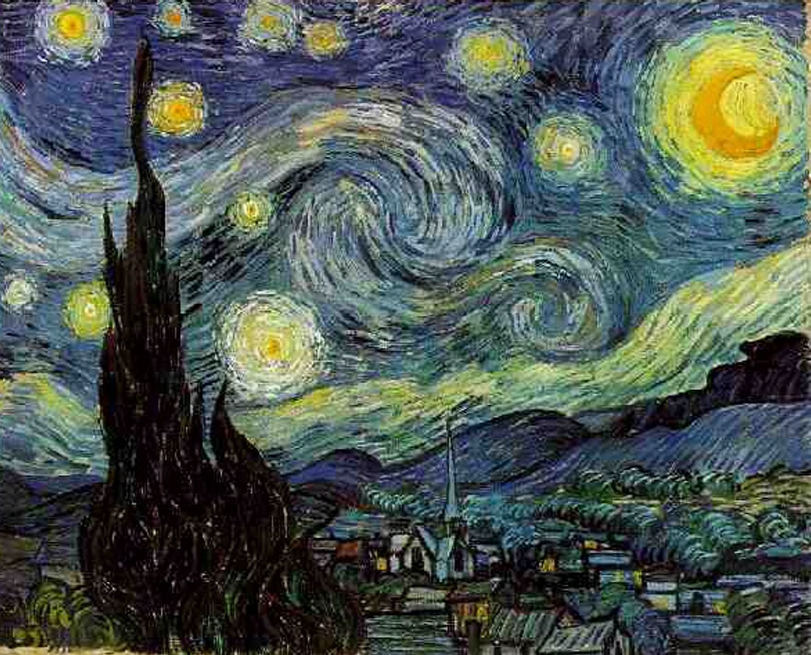

Figure 14: Van Gogh's The Starry Night (1889)
Have you ever seen the wind before?
